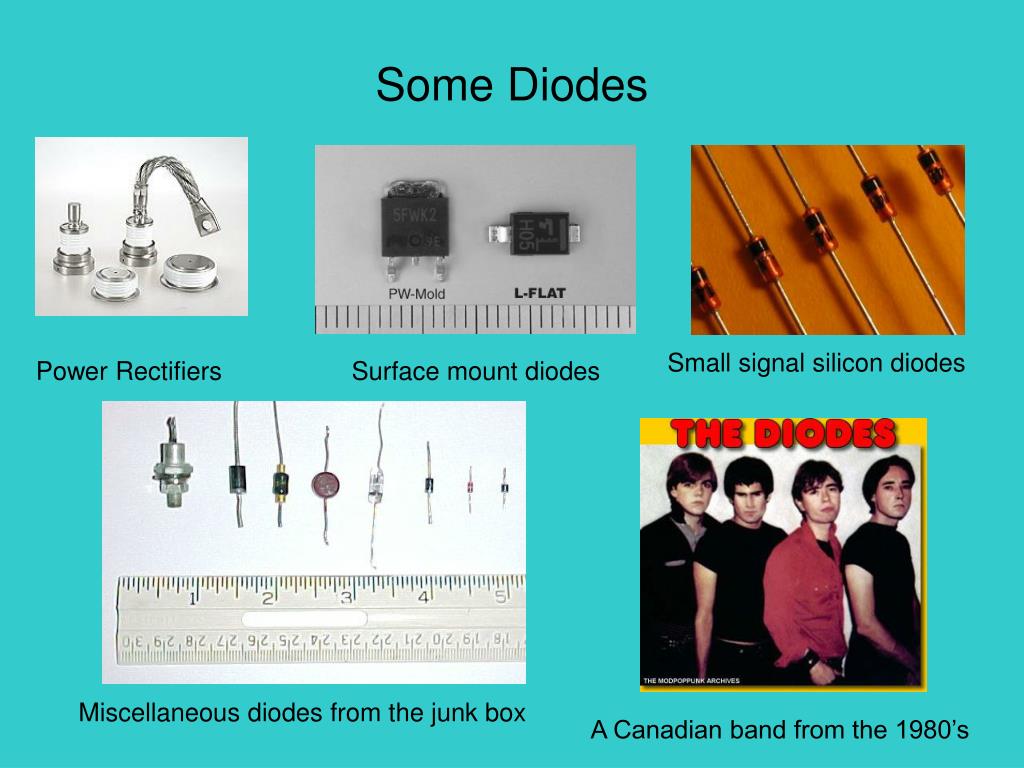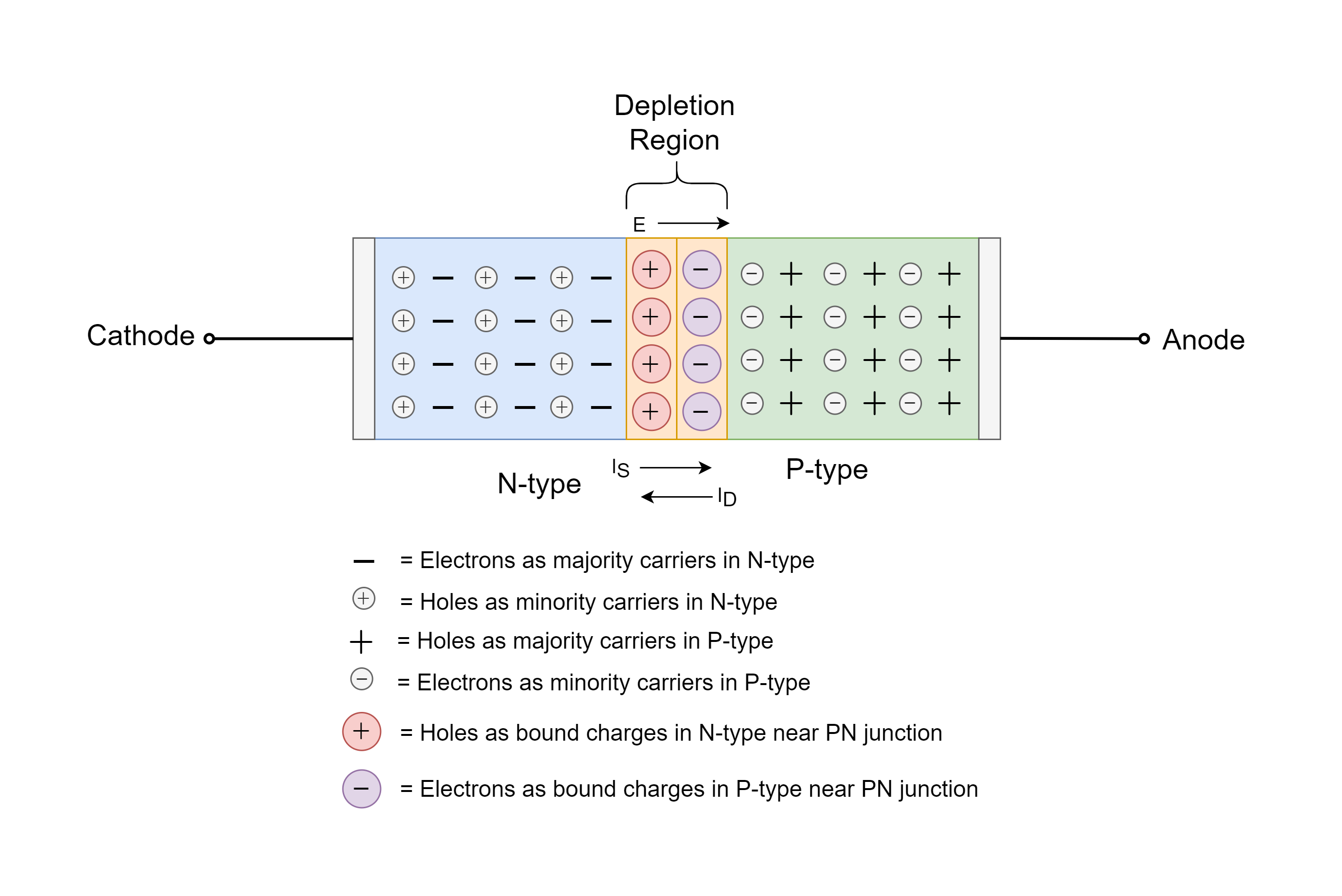Pn Junction Diodes Presentation
| Introduction to Pn Junction Diodes | ||
|---|---|---|
| Pn junction diodes are fundamental electronic components used in various applications. They are made by joining together a P-type semiconductor and an N-type semiconductor. Pn junction diodes allow current to flow in one direction while blocking it in the opposite direction. | ||
| 1 | ||
| Working Principle of Pn Junction Diodes | ||
|---|---|---|
| When a voltage is applied across the diode in the forward bias, the P-side becomes positively charged and the N-side becomes negatively charged. This creates an electric field that allows the current to flow easily through the diode. In reverse bias, the P-side becomes negatively charged and the N-side becomes positively charged, creating a barrier that prevents current flow. | ||
| 2 | ||
| Applications of Pn Junction Diodes | ||
|---|---|---|
| Rectification: Pn junction diodes are commonly used in rectifier circuits to convert alternating current (AC) to direct current (DC). Voltage Regulation: They are used in voltage regulator circuits to maintain a constant output voltage. Signal Demodulation: Pn junction diodes are used in radio and communication systems for demodulating amplitude or frequency modulated signals. | ||
| 3 | ||
| Characteristics of Pn Junction Diodes | ||
|---|---|---|
| Forward Voltage Drop: Pn junction diodes have a typical forward voltage drop of around 0.6 to 0.7 volts. Reverse Breakdown Voltage: Pn junction diodes have a reverse breakdown voltage that, when exceeded, allows current flow in the reverse direction. Leakage Current: Pn junction diodes have a small leakage current in the reverse bias, which increases with temperature. | ||
| 4 | ||
| Types of Pn Junction Diodes | ||
|---|---|---|
| Standard Diodes: These diodes are commonly used for general-purpose rectification and signal processing applications. Zener Diodes: Zener diodes are specially designed to operate in the reverse breakdown region and are used for voltage regulation and protection. Schottky Diodes: Schottky diodes have a lower forward voltage drop and faster switching speed, making them suitable for high-frequency applications. | ||
| 5 | ||
| Pn Junction Diodes in Integrated Circuits | ||
|---|---|---|
| Pn junction diodes are an essential component of integrated circuits (ICs) such as microprocessors and memory chips. They are used for signal conditioning, logic gates, and interconnectivity within the ICs. Pn junction diodes in ICs are often miniaturized, allowing for higher component density and better performance. | ||
| 6 | ||
| Limitations and Considerations | ||
|---|---|---|
| Temperature Sensitivity: Pn junction diodes are sensitive to temperature changes, which can affect their electrical characteristics. Power Dissipation: Pn junction diodes have a maximum power dissipation limit that should not be exceeded to prevent damage. Reverse Recovery Time: Pn junction diodes have a reverse recovery time, during which they transition from conducting to non-conducting state, leading to switching losses. | ||
| 7 | ||
| Conclusion | ||
|---|---|---|
| Pn junction diodes are versatile electronic components used in a wide range of applications. Understanding their working principle, characteristics, and types is essential for effective circuit design. By leveraging the unique properties of Pn junction diodes, engineers can create innovative and efficient electronic devices. | ||
| 8 | ||





